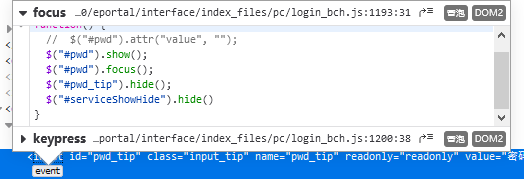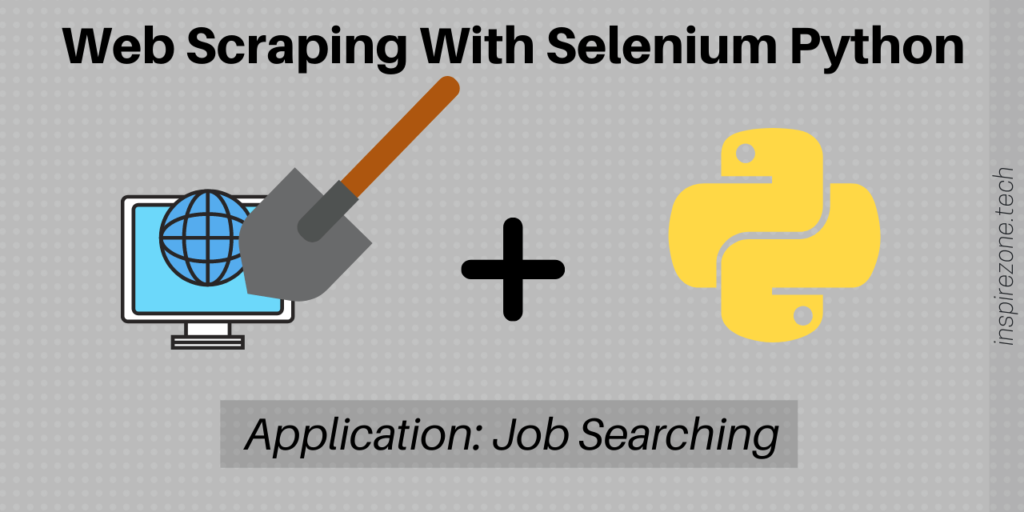

move the geckodriver binary to /usr/local/bin or any location on your system PATH.


Find VcXsrv windows xserver from the list. First, create a new Python script ex01.py in your project directory and type in the following lines of codes in it. Click on: Allow an app or feature through Windows Defender Firewall. So, you will be able to run Selenium Firefox in any Linux headless servers. 1477664326357 geckodriver::marionette INFO Starting browser C:Program FilesMozilla Firefoxfirefox. Webdriver installation (silent mode) that can be used in sysadmin scripts (bash/ansible). Go to: Control Panel -> System and Security -> Windows Defender Firewall. The above works for me on Ubuntu 16.10 64-bit. There are many ways to do this that will work. For example: wget Įxtract the file with: tar -xvzf geckodriver*Īdd the driver to your PATH so other tools can find it: export PATH=$PATH:/path-to-extracted-file/. Find the latest version of the driver for your platform and download it.


 0 kommentar(er)
0 kommentar(er)
